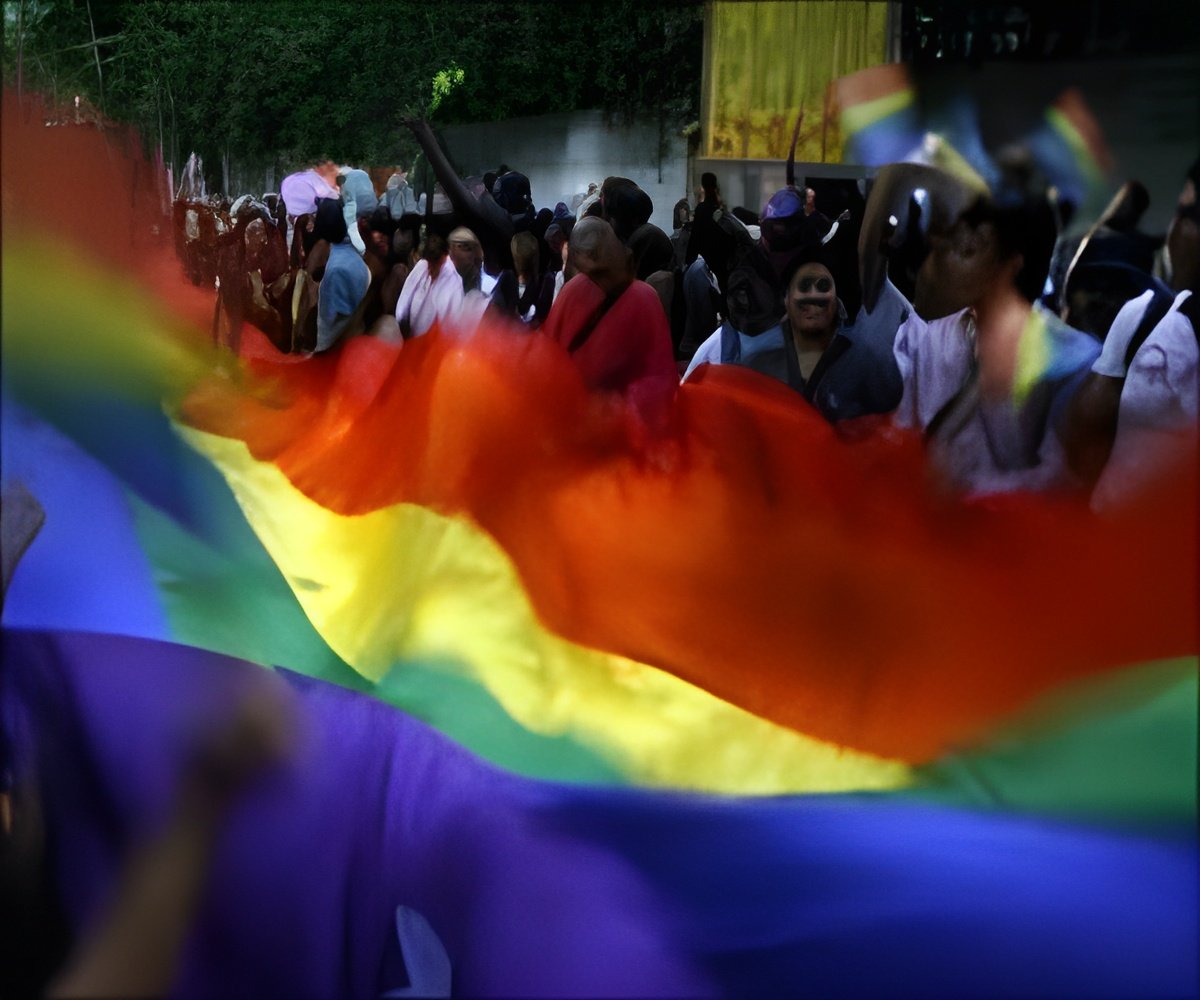
‘LGBTQ youths end up in foster homes or unstable housing as a result of rejection by families or running away from home by feeling unsafe.’
Tweet it Now
"People have been concerned for some time that LGBTQ youth are over-represented in the child welfare system, but there has been little evidence -- until now," said Stephen T. Russell, chair of the Department of Human Development and Family Sciences at The University of Texas at Austin. Researchers also found that LGBTQ youths living in foster care or unstable housing were more likely to be bullied, suffer from mental health problems, have lower grades, skip school because they felt unsafe and have higher levels of substance abuse.
"There has been a lot of concern that the child welfare system is over-burdened in the first place, and that issues like LGBTQ youth discrimination and their distinct needs are an additional complexity for youth who are already vulnerable, just by definition of being in the child welfare system," Russell said. "We aren't investing enough in the systems and focusing enough on the distinct needs of some of the most vulnerable kids, including LGBTQ kids."
LGBTQ youths are probably ending up in the foster care system or unstable housing for several reasons, including rejection by their families or running away because they felt unsafe, Russell said, but more research is needed to understand why they are ending up in the foster system or unstable housing.
In a companion paper earlier this month, which appeared in the journal Child Abuse and Neglect, Russell and colleagues looked at a nationally representative sample and found that lesbian, gay and bisexual youths were nearly 2.5 times as likely to end up in the foster system as their heterosexual peers. Gender identity was not examined in that study.
Advertisement
Laura Baams of the University of Groningen and Bianca Wilson of the University of California also contributed to the research. The research was supported by the Eunice Kennedy Shriver National Institute for Child Health and Human Development, the Communities for Just Schools Fund and the Priscilla Pond Flawn Endowment at The University of Texas at Austin.
Advertisement
Source-Eurekalert










